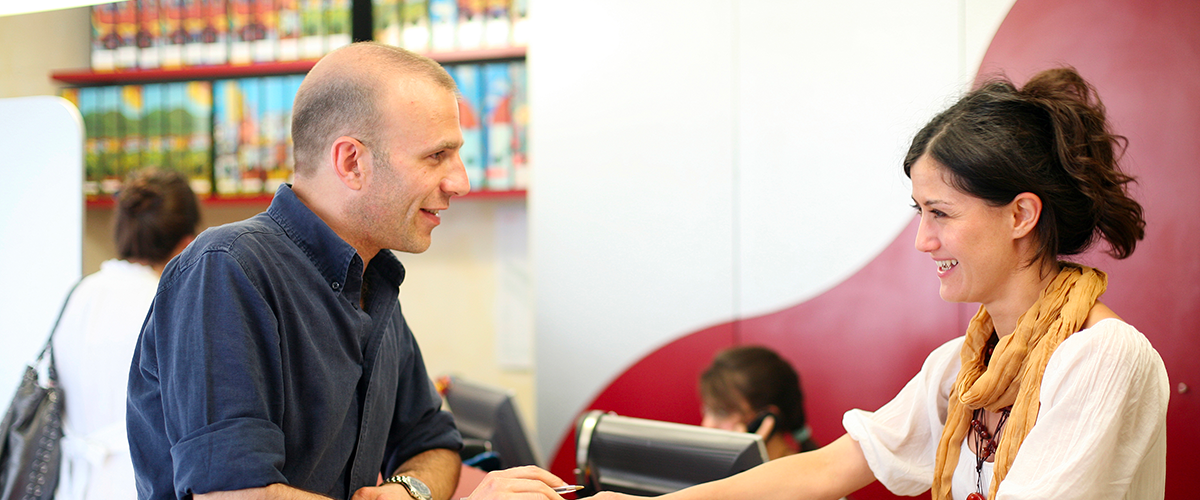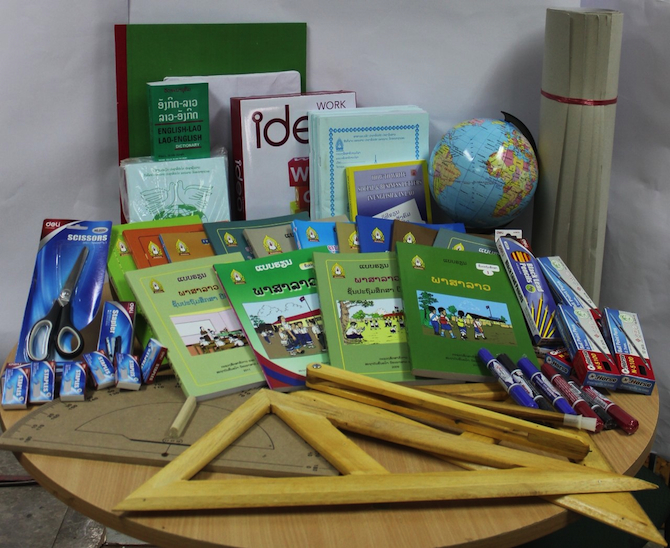Italian nursery schools typically concentrate on creating a fun-based learning environment, and don't often use traditional textbooks or workbooks. Books can be a useful tool in encouraging children to learn to read and improve their language. Here are some types of books suitable for Italian kindergartens: Picture Books. These books help children to use their imagination, develop their vocabulary and enjoy reading. They are usually filled with engaging illustrations as well as simple, easy-to-read text.
Books for children with board covers have heavy pages and robust covers that are suitable for young youngsters who are learning to use books. They can be used to introduce children to a variety of topics, including shapes, animals, colours and numbers.
Nursery rhymes or songs can be a fantastic method to assist your child build their social and emotional skills. Italian kindergartens may include nursery rhymes and song books into their daily programs.
A book about diversity and inclusion Children should be taught about diversity and inclusion at an the earliest age. Books that feature characters from diverse backgrounds, cultures, and abilities can assist children in developing empathy, understanding, and respect towards others.
Italian books on language: Italian nursery schools may utilize books that are written in Italian to aid children in learning the language and develop their language abilities. These books could include simple stories, picture books, and books featuring Italian nursery rhymes and songs.
It is crucial to select books that are suitable for children of all ages interesting, entertaining, and culturally relevant to the children of the school for children in the nursery. Teachers and caregivers could employ books to stimulate children's interest and help them to explore various themes and subjects. See the best schede didattiche italiano for site examples.

What Math-Related Teaching Materials And Educational Tools Are Advisable In Italian Nurseries
It is possible to help young children improve their mathematical, spatial problem-solving, and other abilities by using math-related educational materials. Here are a few examples of materials that can be used to teach counting: Counting manipulatives Beads, bears and blocks aid children to develop their counting abilities as well as fine motor skills and hand-eye coordination.
Charts and numbers: These charts as well as cards can be used to teach children numbers and count. These can be large, colorful cards, or bigger numbers to hang on the wall.
Shape manipulatives. Shape manipulatives can be useful for children to develop their spatial thinking abilities and also to discover various shapes.
Measurement tools: Tools such as measuring tapes rulers, and scales are great to teach children about comparisons and measurement while also helping to develop their mathematical vocabulary.
Simple puzzles and games simple games and puzzles like dominoes and matching games and jigsaw puzzles are a great way to aid children in developing their problem-solving skills, as well as their focus and attention to detail.
Technology-based aids: Tablets and other technology-based aids like tablets that have educational math apps and games can engage youngsters and offer additional resources for learning.
These materials must be utilized in a way that is developmentally appropriate and safe for young children. Teachers and caregivers may use these materials to create stimulating, interactive math activities that promote children’s curiosity and their enthusiasm for learning. View the top rated schede didattiche matematica sostegno for site recommendations.

What Resources For Teaching History Are Needed In Schools Of Italy?
Italian nurseries should use materials that teach children about the past. This can help them understand the present and the past as well as create a feeling of belonging and identity. Here are some examples of history teaching materials that may be necessary: Age-appropriate books: Books that are appropriate for ages 6 and older, which feature historical events, people, and cultures can help children develop an interest in history and an understanding of their place in the past.
Artifacts and pictures Photos and artifacts from different cultures and time periods can aid children in understanding and visualize historical and historical events.
Maps and timelines: Maps as well as timelines can aid children in understanding the order of events and how historical events are interconnected.
Storytelling - Storytelling has the power to engage and impress children with historical events and people in a fun and memorable manner.
Dramatic games. Dramatic games can be used to assist children to understand and recreate the past.
Field excursions. A field excursion to a local art museum or historic site could give children a hands-on experience and also the opportunity to learn about the history of the area.
It is crucial that the tools used to teach the subject are appropriate for children's age and culturally sensitive. Teachers and caregivers can use these materials to create interactive, engaging activities about history that encourage curiosity and love of learning among children. Check out the top schede didattiche storia sostegno for more info.

What Kinds Of Geography Resources Can Be Used In Italian Kindergartens?
Italian nurseries can provide children with geography education material to aid them in developing a greater understanding of their world and also teach them about other cultures and environments. Some examples of the materials that you can use for teaching geography are maps. Maps are helpful in teaching children about various regions and countries as well as the location of natural features and landmarks.
Globes: Globes allow children to learn about the oceans, continents, as well as other aspects of the earth.
Pictures and Videos: Images and videos showing different cultures and places are a great way to educate children about the diversity of the world. They will also learn how different people live.
Books appropriate for children with a focus on different cultures and countries from around the world can help children develop a curiosity for geography.
Natural materials. Materials like shells and plants are ideal to teach children about ecosystems.
Field trips: Field trips to local parks, museums, zoos and Zoos offer children an experience that is hands-on and gives them the opportunity to learn geography in a realistic context.
The materials you use to teach geography must be appropriate for the age of the child, as well as culturally sensitive. These materials can help teachers and parents create exciting and enjoyable geography lessons for children that encourage their curiosity and enthusiasm for learning more about the world. Check out the most popular schede didattiche geografia sostegno for website info.
